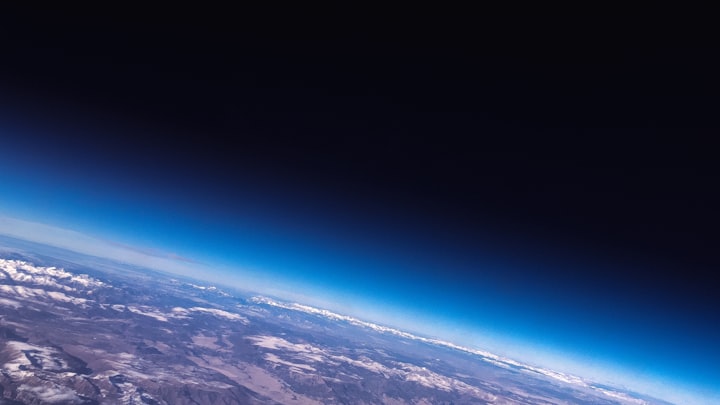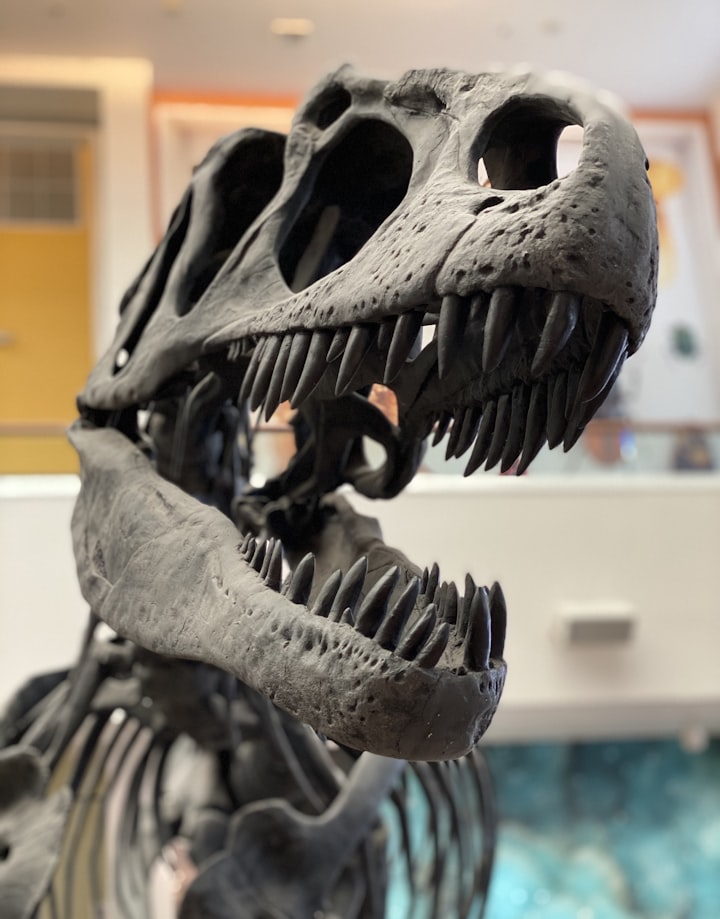NASA is going to dispatch a laser demo that could change space correspondence
News from NASA

This outline of NASA's Laser Communications Relay Demonstration shows how if not imperceptible infrared lasers could be utilized to impart between space missions and ground stations on Earth.
The utilization of imperceptible lasers in space might seem like something from sci-fi, yet all at once it's genuine.
NASA's forthcoming Laser Communications Relay Demonstration could reform the manner in which the office speaks with future missions across the nearby planet group.
These lasers could prompt all the more top quality recordings and photographs from space than any time in recent memory, as per the office.
The mission is set to dispatch as a payload on board the US Department of Defense's Space Test Program Satellite 6 on December 5 from Cape Canaveral, Florida. The dispatch window will stay open from 4:04 a.m. to 6:04 a.m. ET, and the office will share live inclusion of the dispatch on NASA TV and its site.
Starting around 1958, NASA has utilized radio waves to speak with its space explorers and space missions. While radio waves have a demonstrated history, space missions are turning out to be more mind boggling and gathering a bigger number of information than previously.
Consider infrared lasers the optical correspondence rendition of fast web, rather than frustratingly sluggish dial-up web. Laser interchanges will send information to Earth from a circle simultaneous with the Earth's turn, 22,000 miles (35,406 kilometers) over Earth's surface at 1.2 gigabits-per-second, which resembles downloading a whole film in less than a moment.
This will further develop information transmission rates 10 to multiple times better compared to radio waves. Infrared lasers, which are undetectable to our eyes, have more limited frequencies than radio waves, so they can communicate more information on the double.
Utilizing the current radio wave framework, it would require nine weeks to send back a total guide of Mars - - yet lasers could do it in nine days.
The Laser Communications Relay Demonstration is NASA's first start to finish laser hand-off framework that will send and get information from space to two optical ground stations in Table Mountain, California, and Haleakalā, Hawaii. These stations have telescopes that can get the light from the lasers and make an interpretation of it into computerized information. In contrast to radio recieving wires, laser correspondence beneficiaries can be up to multiple times more modest. Since the satellite can both send and get information, it's a genuine two-way framework.
The one interruption to these ground-based laser beneficiaries is environmental aggravations, similar to mists and disturbance, which can meddle with laser signals going through our air. The distant areas for the two recipients were picked in view of this since both commonly have clear climate conditions at high elevations.
When the mission shows up in circle, the group at the activities place in Las Cruces, New Mexico, will initiate the Laser Communications Relay Demonstration and set it up to send tests to the ground stations.
The mission is relied upon to go through two years leading tests and investigations before it starts supporting space missions, including an optical terminal that will be introduced on the International Space Station later on. It will actually want to send information from science investigates the space station to the satellite, which will transfer them back to Earth.
The exhibit goes about as a transfer satellite, which wipes out the requirement for future missions to have recieving wires with an immediate view on Earth. The satellite could assist with decreasing the size, weight and power prerequisites for correspondences on future shuttle - - albeit this mission is about the size of a lord bedding.
This implies that future missions could be more affordable to dispatch and would have space for more science instruments.
Different missions as of now being developed that could test laser correspondence capacities incorporate the Orion Artemis II Optical Communications System, which will take into consideration a super superior quality video feed among NASA and Artemis space travelers daring to the moon.
Also the Psyche mission, which dispatches in 2022, will arrive at its space rock objective in 2026. The mission will concentrate on a metallic space rock that is in excess of 150 million miles (241 million kilometers) away and test its Deep Space Optical Communication laser to send information back to Earth.






Comments
There are no comments for this story
Be the first to respond and start the conversation.